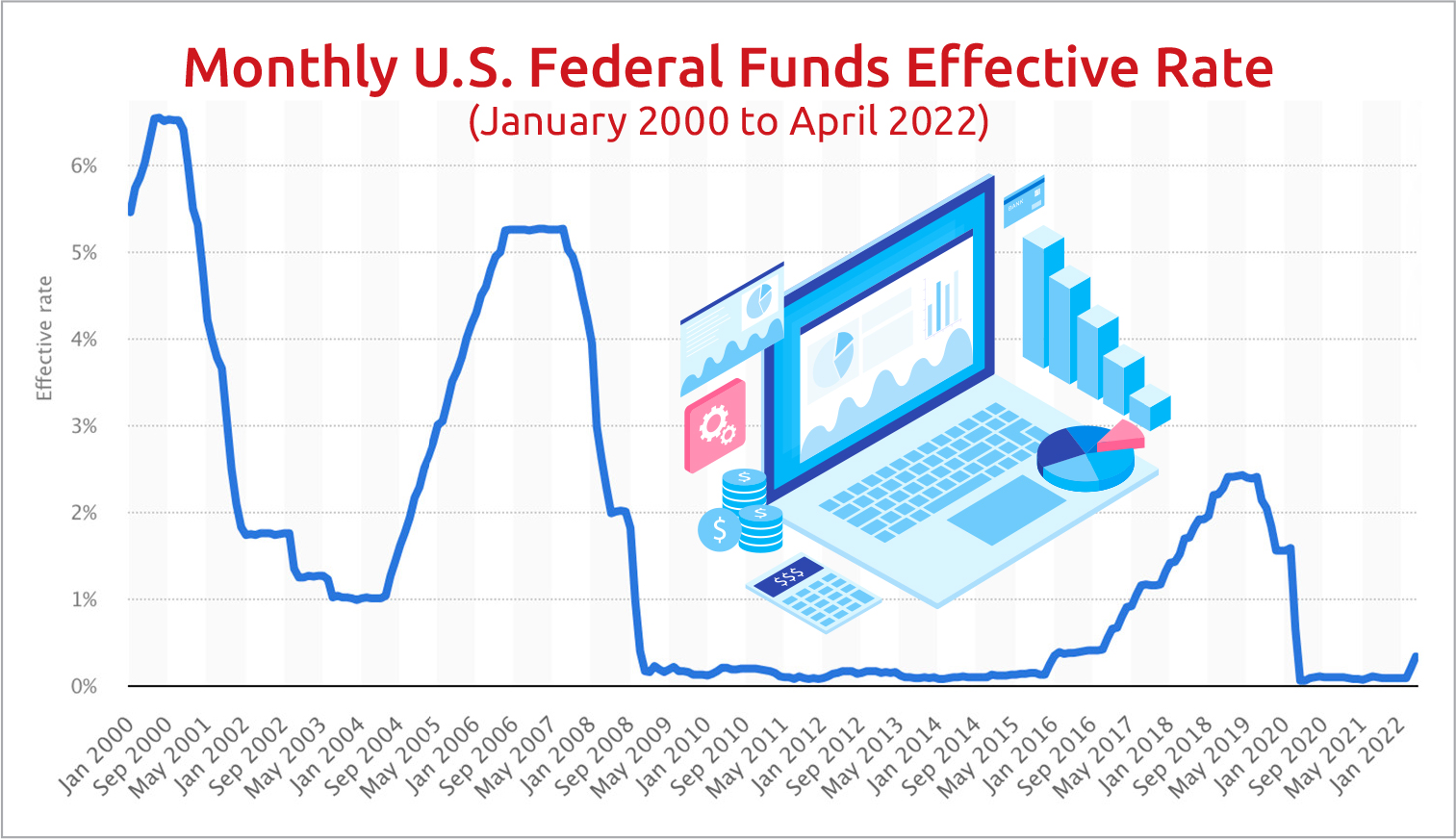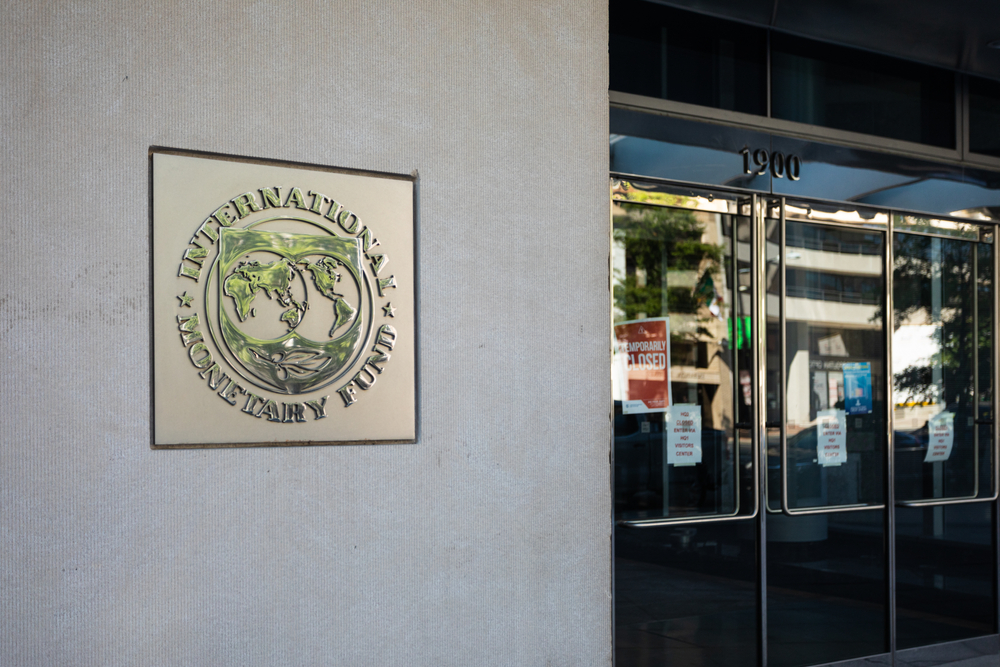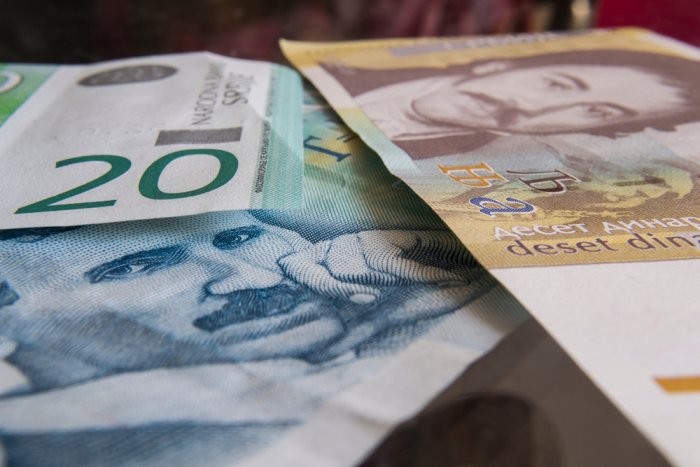Where are U.S. Markets now, and Where are They Heading?

Corporate finance columnist Les Nemethy examines the chances of the Fed pulling off a “soft-landing” as it tries to balance the demands of current rising inflation and potentially looming recession.
According to Bloomberg, the current decline in Nasdaq market cap has exceeded that of any recent crisis:
Dot-com bubble: USD 4.6 tln
Global financial crisis: USD 2.3 tln
COVID-19 sell-off: USD 4.4 tln
Current decline: USD 7.6 tln
And alongside the absolute numbers above, the state of the S&P 500 clearly shows there is plenty more room for further decline.
The rise in interest rates over the past month has caused an equally dramatic wealth destruction in bond portfolios. It is a rare occurrence in the financial world where wealth destruction is similarly dramatic in bonds and equities. “Nowhere to hide,” seems to be the cry.
This value destruction is due to several factors: the ongoing war in Ukraine, COVID lockdowns in China, and perhaps most importantly, the Quantitative Tightening (QT) program initiated by the U.S. Fed. Interest rates have risen considerably over the past few weeks, with the Fed setting expectations for even more rate rises.
Whereas in previous crises, the Fed tried to stem them actively, currently, it seems to be proactively inducing the crisis. The Fed appears to view value destruction as the price to pay for taming inflation (in other words, by cooling demand). This approach has perhaps not been seen since Paul Volcker was chair of the Fed in 1980.
Although its actions have tanked financial markets, the Fed has far from cured inflation, which is a stubborn beast. A monetarist economist would say that the 40%-plus rise in M2 (a measure of the money supply that includes cash, checking deposits, and easily-convertible near money) over the past two years will persist in causing high inflation for at least the coming year or two.
Even most Keynesian economists would say that extremely tight labor markets with rising wages, as well as supply-side bottlenecks (especially in energy and agriculture), are likely to cause continued high levels of inflation.
The question on every economist’s tongue is whether QT will induce another recession in the United States or whether the U.S. Fed can engineer the proverbial “soft landing.” For the time being, consumer borrowing and spending in America remains strong (although these are always reported with a bit of a lag).
In my opinion, the landing may be very hard if the Fed follows through on its agenda of killing inflation, as inflation seems less sensitive to interest rate increases than economic activity, given record levels of indebtedness.
Current Federal Reserve chair Jerome Powell has recently acknowledged that whether the United States achieves a soft landing is out of the Fed’s control. It sounds as though the central bank itself has diminishing confidence in a soft-landing scenario.
Note in the chart below that over the past 20 years, there has been a downward trend in maximum interest rates reached before monetary easing is required, attributable to vastly increasing debt levels.
The climb in interest rates is typically gradual, but then when a crisis hits, the Fed tends to cut interest rates precipitously.
Q1 2022 stats in America showed nominal economic growth of -1.5%, while inflation increased to 8.5%. Stagflation is already here, in other words.
In my humble opinion, the likeliest scenario is that the Fed will continue QT (perhaps two or three more interest rate increases, not the seven recently forecast by the Fed) until something breaks or the Fed decides to pivot again.
Given record debt levels, rescuing the economy from the next crisis may require a quantitative easing (QE) scenario that dwarfs previous ones; another precipitous drop in interest rates, probably even into negative territory. This may trigger a broad rally in both stocks and bonds.
This starts to sound dangerously close to what the influential Austrian economist Ludwig von Mises called a “crack-up” boom, which is followed by an even larger collapse.
“There is no means of avoiding the final collapse of a boom brought about by credit expansion. The alternative is only whether the crisis should come sooner as the result of voluntary abandonment of further credit expansion, or later as the final and total collapse of the currency itself,” as von Mises put it.
It seems that the cooling inflationary forces would require QT of a magnitude that would induce a fairly severe recession, whereas the Fed is for now targeting a “soft landing” and trying very hard to avoid a recession.
Given the low pain threshold and lack of political will to tolerate a recession, I think it is likelier that the Fed will revert to QE at the first sign of crisis, meaning that a recession may be avoided or only be minor. The next Fed rescue may well come at the cost of inflation not being subdued, and then the more significant issue becomes the currency’s credibility.
Disclaimer: This article is for educational (and hopefully entertainment) purposes only and must not be construed as investment advice. Investors should always obtain their own financial advice.
Les Nemethy is CEO of Euro-Phoenix Financial Advisers Ltd. (www.europhoenix.com), a Central European corporate finance firm. He is a former World Banker, author of Business Exit Planning (www.businessexitplanningbook.com), and a previous president of the American Chamber of Commerce in Hungary.
This article was first published in the Budapest Business Journal print issue of May 20, 2022.
SUPPORT THE BUDAPEST BUSINESS JOURNAL
Producing journalism that is worthy of the name is a costly business. For 27 years, the publishers, editors and reporters of the Budapest Business Journal have striven to bring you business news that works, information that you can trust, that is factual, accurate and presented without fear or favor.
Newspaper organizations across the globe have struggled to find a business model that allows them to continue to excel, without compromising their ability to perform. Most recently, some have experimented with the idea of involving their most important stakeholders, their readers.
We would like to offer that same opportunity to our readers. We would like to invite you to help us deliver the quality business journalism you require. Hit our Support the BBJ button and you can choose the how much and how often you send us your contributions.









